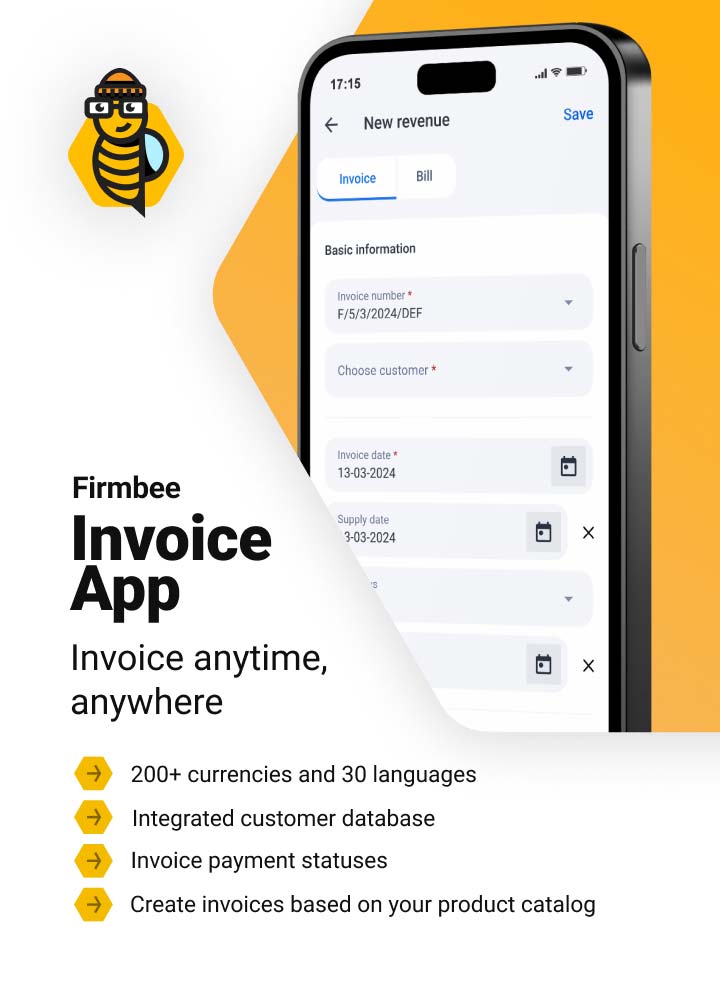Are you planning to launch a new product or service, but you have no idea what exactly you could offer consumers? The remedy here may be a morphological analysis that will help you come up with unique solutions and increase profits in your business! Read on to find out more.
Morphological analysis – table of contents:
- What is morphological analysis?
- The basics of morphological analysis
- Morphological analysis in business
- Morphological analysis in 4 steps
- The pros and cons of morphological analysis
- Summary
What is morphological analysis?
Initially, the morphological analysis developed by Fritz Zwicky was used for research in astrophysics, however, it later found wide application in other scientific fields – also in business. It is a method for exploring possible solutions to complex problems.
It allows you to look for creative ideas when developing strategies, launching new products, optimizing processes, etc.

The basics of morphological analysis
Before applying the analysis in question, it’s worth keeping in mind the following assumptions that stem from this technique:
- Each problem has many aspects that need to be considered individually.
- The results of the analysis are presented numerically.
- The obtained solutions are based on subjective evaluation.
Morphological analysis in business
When can you use this method? There are several options:
- creating a new product or service,
- getting to know your customers’ needs,
- finding a market niche,
- eliminating ineffective solutions,
- a thorough analysis,
- brainstorming,
- crowdsourcing.
Morphological analysis in 4 steps
The entire process can be done in the following 4 steps:
Describe the problem
Let’s say your goal is to create a digital product with valuable information and tips from the industry you specialize in. However, you need to make some decisions about what kind of product it should be, for what target audience, and so on.
Identify categories
What kind of product would you like to offer? Who is your target group? What revenue model will you choose? What are the unique features of your product and what is your brand message?
Choose variables
To do so, you can take inspiration from your competitor’s strategies and online sources or hold a brainstorming session with your team. Eventually, you should pick out a few variables for each category. For example, some digital products you can offer – an ebook, a podcast, an online course or a newsletter. Do the same for the other categories.
To make your further analysis easier, present the information you’ve gathered so far using a morphological chart (also known as the Zwicky box).

Combine solutions
At this stage, you can start choosing your options for achieving your goal. You can combine solutions freely. Not every result you receive will prove valuable, but there is a good chance that you will be able to use some of the ideas you get. For example:
Option 1 – creating an ebook for beginner freelancers, at an affordable price (a one-time revenue and an attractive price), which will support them in their further development,
Option 2 – creating an online course dedicated to students, at a certain price (a one-time revenue), allowing them to expand their knowledge and develop anywhere, anytime (convenience and flexibility),
Option 3 – creating a newsletter for specialists in a particular industry, which will be available after buying a subscription, its purpose will be to spread specialized knowledge.
The pros and cons of morphological analysis
The morphological analysis is worth testing in your business model for several reasons:
- It helps find solutions to complex problems.
- It provides multiple ways of action.
- It encourages collaboration and improves communication – all members of a given team should participate in the process to have access to as many ideas as possible.
- It can help with strategic analysis of the business.
However, it also has some limitations:
Summary
As you can easily see, the presented method has its drawbacks that can discourage you to use it. A lack of standardized parameters affects the accuracy of drawn conclusions and can lead to unnecessary costs.
However, it’s worth noting that it is a great way to develop creativity and look for non-obvious solutions, which is an extremely valuable skill in business management. For this reason, you can combine it with other analytical techniques, for example, in assessing a company’s financial position using a ratio analysis.
Read also: What is a supply shock? 2 important types of supply shocks.
If you like our content, join our busy bees community on Facebook, Twitter, LinkedIn, Instagram, YouTube, Pinterest, TikTok.
Author: Andy Nichols
A problem solver with 5 different degrees and endless reserves of motivation. This makes him a perfect Business Owner & Manager. When searching for employees and partners, openness and curiosity of the world are qualities he values the most.


















